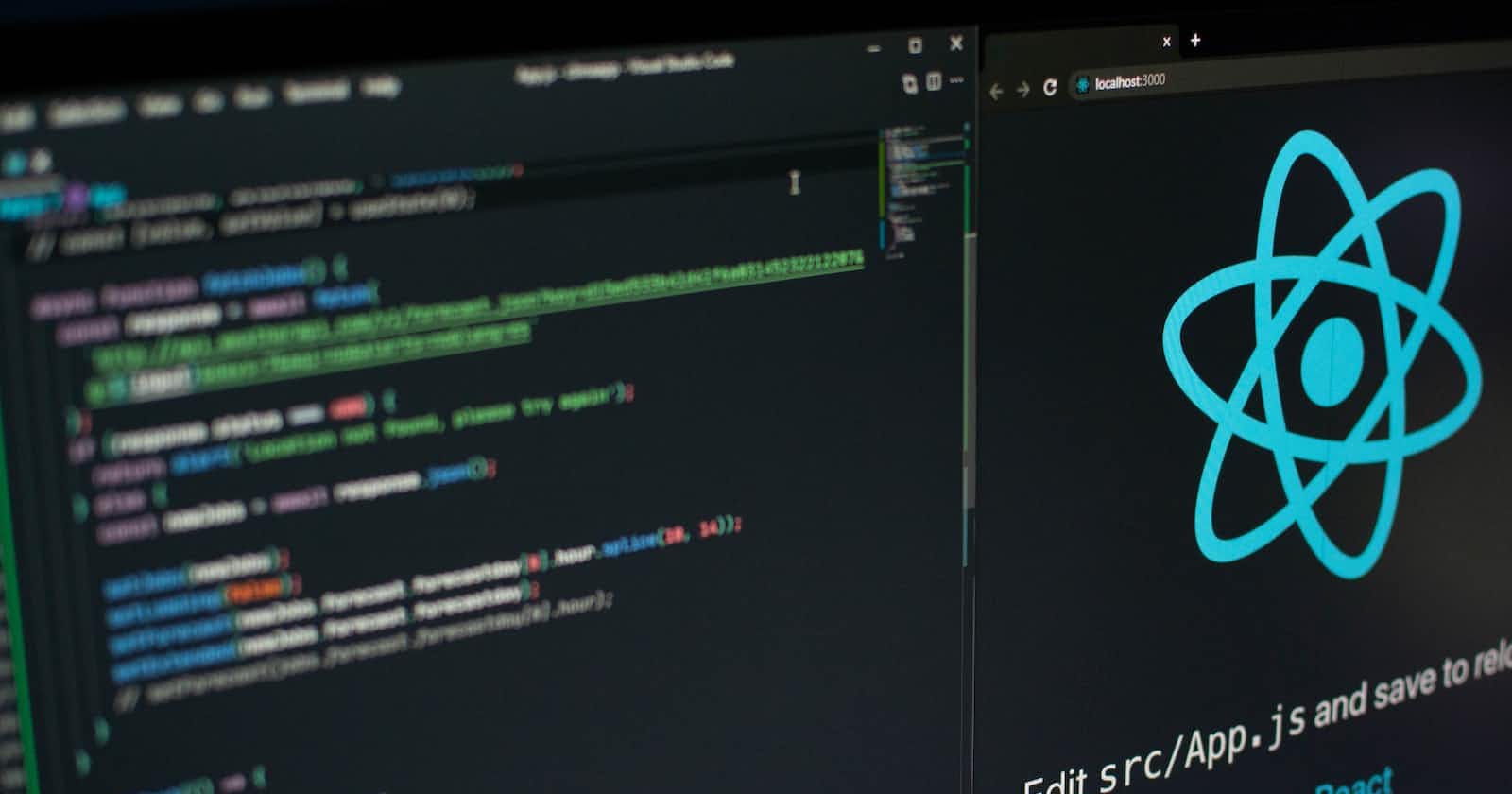Back-end development is the process of creating the server-side logic that runs the background operations of websites and apps. It includes all the code needed to build out the database, server, and application. Back-end developers are responsible for ensuring that websites and apps function properly and securely.
If you're interested in a career in back-end development, there are a few things you need to know. First, you need to have a strong understanding of programming languages. The most popular back-end programming languages include Python, Java, and C#. You also need to have a good understanding of databases and how to interact with them.
In addition to technical skills, back-end developers also need to have strong problem-solving skills and be able to work independently. They need to be able to identify and solve problems quickly and efficiently. They also need to be able to work well with other developers and team members.
If you're interested in learning more about back-end development, there are a number of resources available online and in libraries. There are also a number of online courses that can teach you the basics of back-end development.
Here are a few tips for getting started with back-end development:
Start with the basics. Before you start learning about specific programming languages and frameworks, it's important to have a good understanding of the basics of back-end development. This includes understanding how websites and apps work, how data is stored and retrieved, and how security is implemented.
Choose the right programming language. There are a number of different programming languages that can be used for back-end development. The best language for you will depend on your interests and the type of projects you want to work on.
Learn about frameworks. Frameworks are pre-built libraries of code that can be used to speed up development. There are a number of different frameworks available, each with its own strengths and weaknesses.
Build projects. The best way to learn back-end development is to build projects. This will give you hands-on experience with the different technologies involved.
Get involved in the community. There are a number of online communities for back-end developers. These communities can be a great resource for learning new things and getting help with problems.
Back-end development is a challenging but rewarding career. If you're interested in learning more about it, I encourage you to check out the resources I've mentioned. With hard work and dedication, you can become a successful back-end developer.


